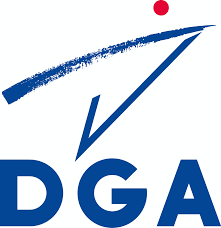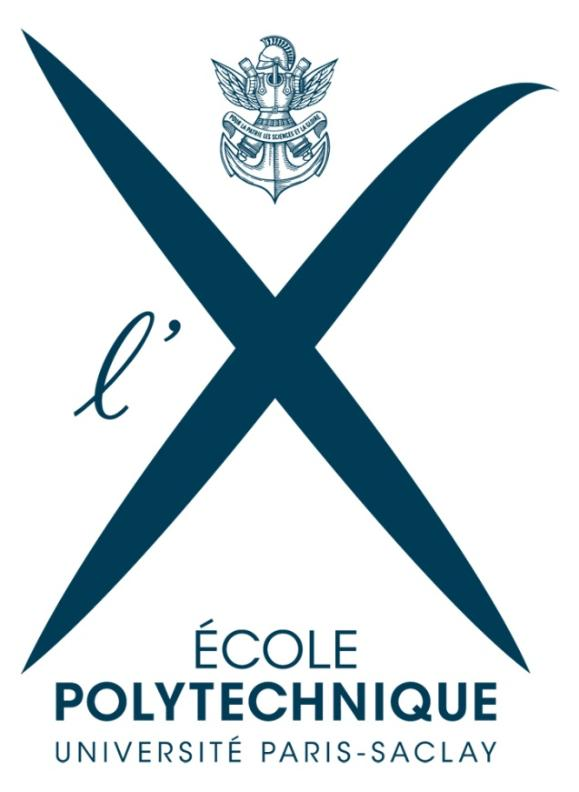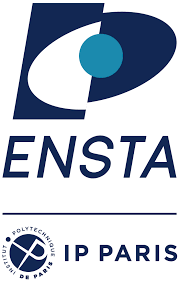MRIS March 2017




Journée scientifique projet DGA MRIS
Date et Lieu
28 mars 2017 -- ENSTA ParisTech, Palaiseau
Salle: R317 (2213)
Programme
9h00 - Accueil Café
9h30 - Uli Fahrenberg
Higher-dimensional timed automata
Higher-dimensional automata are a nice model for systems which exhibit concurrency. Timed automata are a very useful model for systems with timing constraints. In this work, we marry these two formalisms. We see that our model of higher-dimensional timed automata retains the good decidablity properties of timed automata and speculate about an application to autonomous exploration.
10h30 - Adina M. Panchea
Extended Reliable Robust Motion Planners
A new method to plan guaranteed to be safe paths in an uncertain environment, with an uncertain initial and final configuration space, while avoiding static obstacles is presented. First, two improved versions of the previously proposed BoxRRT algorithm are presented: both with a better integration scheme and one of them with the control input selected according to a desired objective, and not randomly, as in the original formulation. Second, a new motion planner, called towards BoxRRT*, based on optimal Rapidly-exploring Random Trees algorithm and using interval analysis is introduced. Finally, each of the described algorithms are evaluated on a numerical example. Results show that our algorithms make it possible to find shorter reliable paths with less iterations.
11h30 - Discussion
12h30 - Repas
Club Magnan
14h30 - Khadimoullah Vencatasamy
Bay of Biscay Project: Modeling the Secure Zone Using OpenCV Erosion and Image Contractor
The project Bay of Biscay consists in monitoring the Bay of Biscay, a large area between Brittany (France) and Spain using a swarm of robots. To achieve this mission we based our strategy on an ellipsoid pattern made by the robots. The second part of this project is the modeling of the secure zone in order to validate our ellipsoid strategy. To do so, we use the Interval analysis theory and more precisely, the image contractor. Then, because we worked with image, the idea to use the OpenCV erosion came naturally. We use different approaches to model the past of the robots using the concept of erosion. However, this methods reach some limits which we will explain why.
15h30 - Luc Jaulin
Chain of set inversion problems; Application to reachability analysis
In this presentation, we deal with the set inversion problem in the case where depends on a parameter vector in which is known to be inside a box . We show that for a large class of problems, we can obtain an accurate approximation of the solution set, without bisecting in the p-space. To do this, symbolic methods are required to cast our initial problem into a chain of set-inversion problems, the links of which have some nice properties with respect to . As an application, we consider the problem of computing the set of all initial states of an uncertain discrete-time state system that reach a target set in a given time.